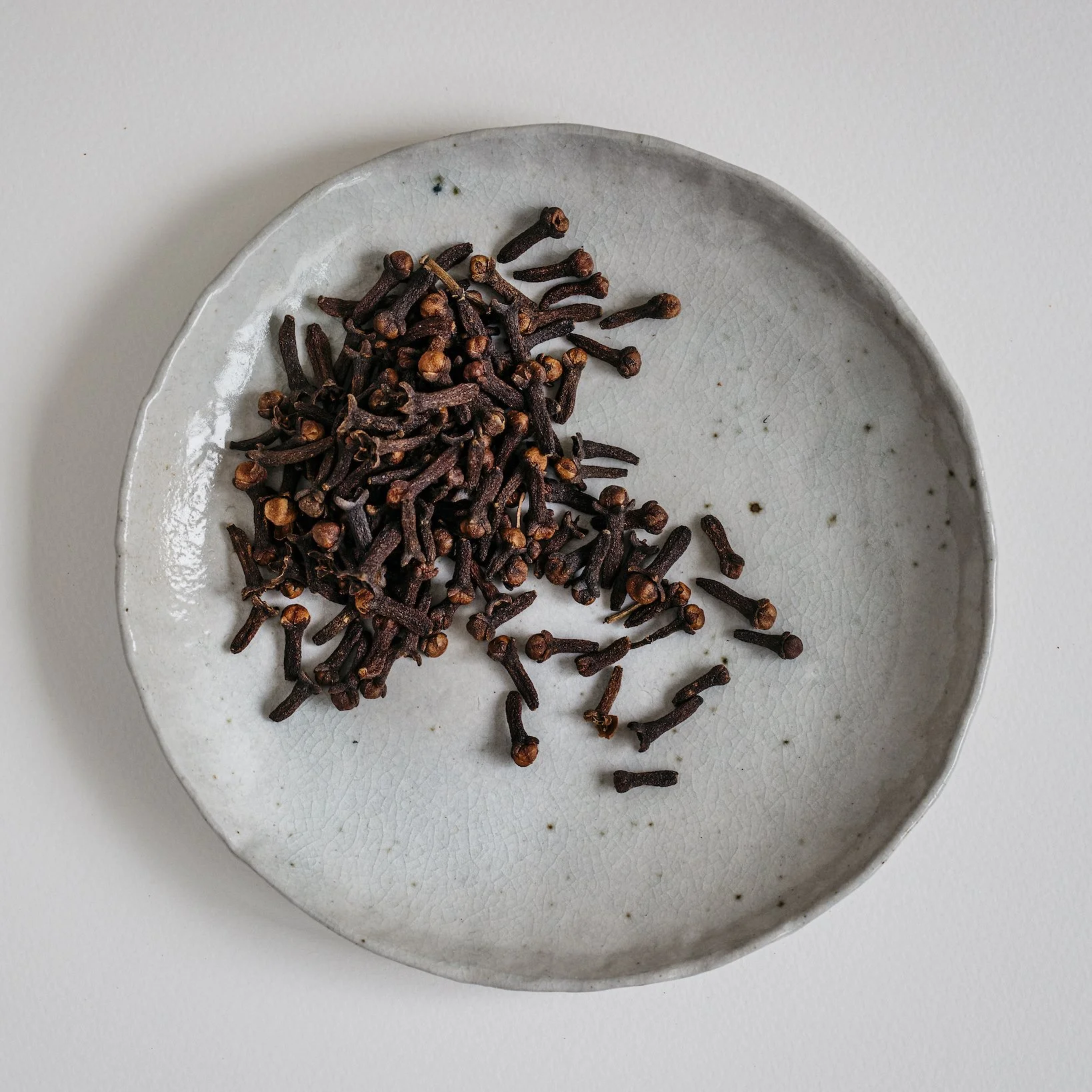 Image 1 of 1
Image 1 of 1


Sumac
Sumac is a tangy, reddish-purple spice derived from the dried and ground berries of the sumac plant (Rhus spp.). Renowned for its vibrant, lemony flavor with subtle tartness and earthy undertones, sumac is a key ingredient in Middle Eastern and Mediterranean cuisines. It is widely used to add a refreshing, acidic note to dishes such as salads, kebabs, and rice, as well as in spice blends and marinades. Sumac enhances the overall flavor profile of recipes, providing a distinctive, zesty kick that brightens a variety of savory dishes. Its versatility and unique taste make it a must-have spice for those seeking to explore global flavors in their cooking.
May contain: nuts, sesame seeds, peanuts, gluten, soya, mustard and celery.
Allergen Advice: for allergens, see ingredients in bold.
Nutritional Information Per 100g
Energy (Kj) 1070
Energy (Kcal) 255
Fat (g) 12.9
of which saturates (g) 0
Carbohydrates (g) 36.7
of which sugars (g) 0
Protein (g) 12.3
Salt (g) 0.1
Sumac is a tangy, reddish-purple spice derived from the dried and ground berries of the sumac plant (Rhus spp.). Renowned for its vibrant, lemony flavor with subtle tartness and earthy undertones, sumac is a key ingredient in Middle Eastern and Mediterranean cuisines. It is widely used to add a refreshing, acidic note to dishes such as salads, kebabs, and rice, as well as in spice blends and marinades. Sumac enhances the overall flavor profile of recipes, providing a distinctive, zesty kick that brightens a variety of savory dishes. Its versatility and unique taste make it a must-have spice for those seeking to explore global flavors in their cooking.
May contain: nuts, sesame seeds, peanuts, gluten, soya, mustard and celery.
Allergen Advice: for allergens, see ingredients in bold.
Nutritional Information Per 100g
Energy (Kj) 1070
Energy (Kcal) 255
Fat (g) 12.9
of which saturates (g) 0
Carbohydrates (g) 36.7
of which sugars (g) 0
Protein (g) 12.3
Salt (g) 0.1





